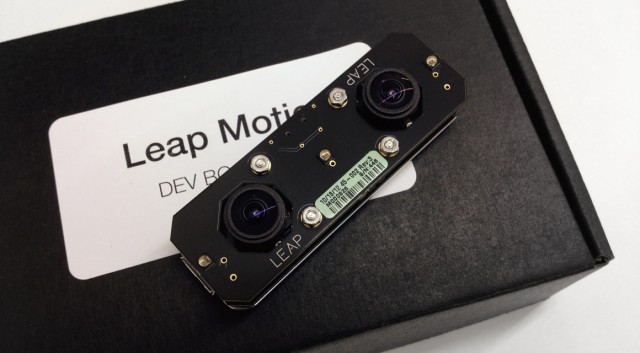Hello there, Colemak users. A few months ago I posted a proposed layout for a chorded version of Colemak. It's a modification of a keyboard replacement method I've developed called ASETNIOP that reduces the keyboard down to ten input points. What's the point of having only ten input points? So that you'll be able to touch-type on gesture-recognition systems like the LEAP (and others) that will start becoming available in the near future. I'm happy to announce that I've finalized the layout and I've decided to call it CHORDMAK - I hope you like it!
I'm reaching out to the Colemak community because I feel like Colemak users will have a head start in learning something like this for a few reasons:
1. You folks are more receptive to learning something new: let's face it, if you took the time to learn Colemak, you've obviously got an open mind about trying new things.
2. Colemak users already know how to touch-type. I'm assuming that it's virtually impossible to use Colemak without having learned to touch-type. The whole point of CHORDMAK is to make touch-typing possible for 3-D systems.
3. CHORDMAK is actually a little easier to learn than ASETNIOP (and a similar layout I'm working on for Dvorak), because the home/primary keys are exactly the same as they are for Colemak.
The big question I've encountered when trying to introduce people to this concept is: why should I bother learning a chorded method? The answer is simple - with gesture recognition systems, there is simply no other way to touch-type. You could adapt something like 8pen, which is clever but slow. Or you could try something like Fleksy or Blindtype, which are too reliant on disambiguation. With CHORDMAK you can actually be definitive without forcing the program to rely on a dictionary, which means you'll be able to use it for situations that require more flexibility (passwords, writing code, etc.)
Anyhow, I've developed a tutorial for you for both keyboards and iPads, you can find them here:
Keyboard Version (if you've got Colemak installed): http://asetniop.com/keyboardTutorialCol.html
Keyboard Version (if you're still running QWERTY): http://asetniop.com/keyboardTutorialColQ.html
iPad Version: http://asetniop.com/ipadTutorialCol.html
I'm looking for a few things:
1. Feedback! Any comments/discussion on the tutorial or the method in general are welcome (just post your thoughts down below) and I'd appreciate knowing about any bugs that you encounter - just describe the problem and the slide number (you'll see it in the lower right hand corner).
2. Suggestions! Currently I've got a "numbers symbols" layout, but I'd like to start developing a layout that's optimized for coding; I'd love to hear thoughts on what syntax would be important to include, both in terms of symbols (brackets, etc.) and larger macros.
3. Games! I know some folks here have developed games and tutorials associated with Colemak; I'd love to make some of these available for people learning CHORDMAK (and ASETNIOP too). Please contact me directly if you might be interested in working together to adapt what you've designed.
4. Support! I'm trying to get my hands on one of the advance units of the LEAP motion device so I can make ASETNIOP and CHORDMAK available right away. If you're interested in this method and think it's got a future with LEAP's devices, please let them know! (info@leapmotion.com)
5. Help! If I do have luck getting hold of an advance LEAP unit, I'd love to have help developing the software package for it. If you've got experience and might be interested, please contact me (zack@asetniop.com)
6. Partners! I've filed for a patent in the U.S. for some of the features that make up the autocorrect allow for stenographic combinations. I'd love to file elsewhere; if you'd be seriously interested in collaborating on a filing in your own country, get in touch with me and we'll talk.
7. Performers! I can max out at a practical speed of about 70 wpm using ASETNIOP; I'd love to be able to show someone demonstrating a similar speed using CHORDMAK. If you get the hang of it and want to show how fast you can go, let me know - I'm putting together a page with an embedded stopwatch you can use to make a little video.
Thanks everyone!

